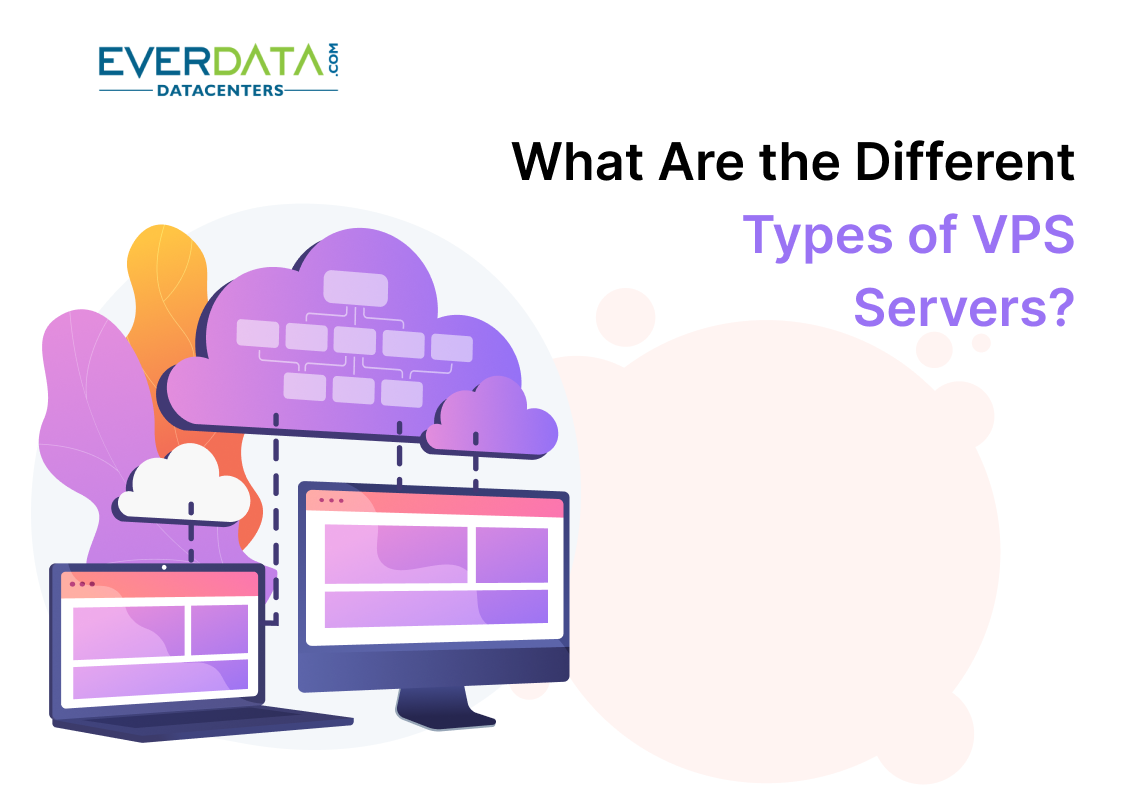
Submitted by admin on

Explore the Best VPS Hosting Servers in India for Every Business
Virtual private servers (VPS) have become increasingly popular in recent years, as more businesses and individuals are looking to take advantage of the flexibility and control they offer. VPS servers are essentially virtual machines that can be used to run a variety of different applications, websites, and services. They are a cost-effective alternative to dedicated servers, and they offer more control than shared hosting solutions.
There are several types of available VPS hosting out of which one can choose as per their needs and budget. In this blog post, we'll take a closer look at the different types of VPS servers available and explore their key features and benefits. With this blog, you will get an idea about the different types of hostings and which one you should choose for your business.
Types of VPS Hosting Servers in India – Find the Best VPS Hosting for Your Needs
Unmanaged VPS Hosting in India – Full Root Access & Freedom:
These VPS servers are the most basic type of VPS hosting. They provide you with a virtual machine that you can use to install and run any software you like. With unmanaged VPS hosting, you are responsible for managing the server yourself, including installing software updates, configuring security settings, and troubleshooting any issues that arise. This type of hosting is best suited for experienced developers and system administrators who are comfortable working with Linux command-line interfaces and are looking for maximum control over their hosting environment.
Managed VPS Hosting – Best VPS Hosting for Hassle-Free Management:
As compared to unmanaged servers managed VPS servers are a step up from unmanaged VPS hosting. With managed VPS hosting, your hosting provider takes care of the day-to-day management of the server, including software updates, security patches, and backups. This type of hosting is ideal for businesses and individuals who want to focus on their core activities without worrying about the technical details of managing a server.
Cloud VPS Hosting – Scalable & Reliable Virtual Private Servers:
These servers are based on cloud computing technology. With cloud VPS hosting, your virtual server is hosted in a cloud environment, which means that you have access to scalable computing resources on demand. Cloud VPS hosting is highly flexible and can be used to host a wide range of applications and services. It is also highly resilient, with built-in redundancy and failover mechanisms that ensure high availability and uptime. Even these servers are budget friendly and come with a lot of additional features that enhance your website’s performance.
Windows VPS India – Reliable Hosting for Microsoft Applications:
Windows VPS server is one of the best VPS hostings that is specifically designed to run on the Windows operating system. With Windows VPS hosting, you can run Windows-based applications and services, such as Microsoft SQL Server, Microsoft Exchange Server, and Microsoft SharePoint. This type of hosting is ideal for businesses that rely heavily on Windows-based software and applications.
Linux VPS Server India – Cheap VPS Hosting with High Performance:
Linux VPS servers are considered a cheap VPS hosting that is based on the Linux operating system. With Linux VPS hosting, you have access to a wide range of open-source software and tools that can be used to run websites, web applications, and other services. Linux VPS hosting is highly customizable and can be tailored to meet the needs of a wide range of businesses and individuals.
SSD VPS Hosting – Boost Website Speed with SSD VPS Servers:
SSD VPS servers use solid-state drives (SSDs) instead of traditional hard disk drives (HDDs) for storage. SSDs are faster and more reliable than HDDs, which means that SSD VPS hosting offers faster load times, improved performance, and greater reliability. SSD VPS hosting is ideal for businesses and individuals who need fast and reliable hosting for their websites and applications.
Fully Managed VPS Hosting – Complete Server Care & Support:
Fully-managed VPS servers provide a complete hosting solution for businesses and individuals. With fully-managed VPS hosting, your hosting provider takes care of everything, from server setup and configuration to software updates, security patches, and backups. This type of hosting is ideal for businesses that want a hassle-free hosting solution that allows them to focus on their core activities.
Self-Managed VPS Hosting – Cheap VPS Hosting India for Experts:
Self-managed VPS servers are one such hosting services that provides you with complete control over the operating system and you have to manage it on your own. which allows them to install and configure any software they need. However, the user is also responsible for maintaining the server's security, installing updates, and troubleshooting any issues that arise. In contrast, managed VPS hosting in India includes additional services such as automatic backups, security updates, and technical support. Managed-to-host providers take care of server maintenance and security, which can be beneficial for users who lack the technical expertise or time to manage their servers.
Semi-Managed VPS Server India – Balanced Management & Freedom:
A Semi managed VPS offers only a limited amount of maintenance services. These services vary according to the service providers. In this, the service providers initiate only the hardware configurations and their management and also some of the configuration setting management. You can’t self-manage the hardware installation as well as the upgrades. You have to rely on the service providers for that.
Conclusion
In this blog, we have discussed the different types of web hosting and how they are useful for your business. We have even compared different types of hosting based on their capacity as well as help your business in managing their web solutions with higher efficiency and effectiveness. We have also provided you with the details to be considered during the purchase of VPS hosting servers. Understanding the different types of VPS servers available can help you make an informed decision about which one is right for your hosting needs. Unmanaged VPS servers give you complete control over your server but require technical expertise to manage. Managed VPS servers provide a more hands-off approach, but at a higher cost. Cloud VPS servers offer scalability and flexibility but may be more expensive. SSD VPS servers offer faster performance but may come with limited storage capacity. Ultimately, it's important to weigh the benefits and drawbacks of each type of VPS server to choose the one that fits your specific requirements and budget.


Add new comment